Change Management Software for ITSM Success
Keep operations running smoothly with Infraon’s change management solution

Keep operations running smoothly with Infraon’s change management solution

Simply put, change management in IT Service Management (ITSM) is a structured approach to managing changes to IT infrastructure and services. It ensures that all changes are evaluated, approved, and implemented while minimizing the risk of service disruptions. This includes change identification, impact assessment, approval, implementation, and review. Change management reduces the potential for errors and conflicts, thereby maintaining service continuity. Thus, organizations can quickly adapt to new business and technology needs with insights into change records and performance metrics.


Infraon’s change management solution comes with Gen AI-enabled prebuilt collaboration workflows - designed to reduce incidents. It goes a long way to ensure prompt handling of changes to the digital workspace. With Infraon’s change management solution, multiple teams get equipped to drive quick and secure changes. Hence, it greatly reduces the stress on users while increasing service delivery effectiveness with the power of Gen AI.
Navigating changes with ease and speed is a business-critical mission. So, knowledge is half the battle.
Read blog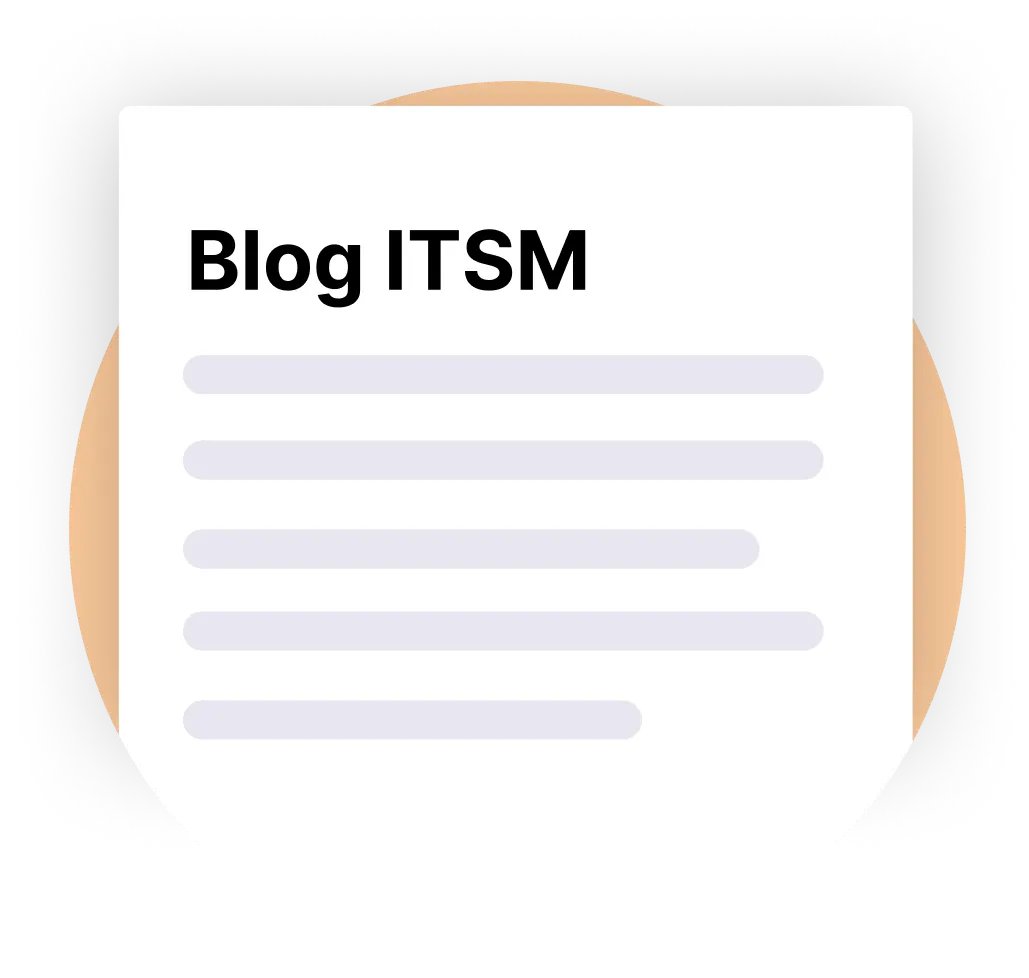
Identify the need for change and initiate the change request so that it gets accepted or rejected. Use approval workflows for clear documentation and increased collaboration.
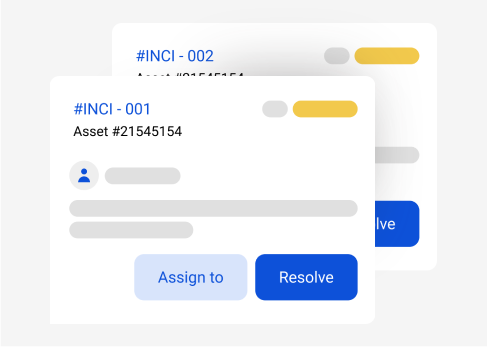
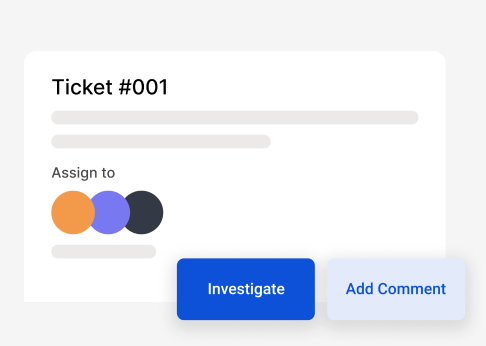
Easily route and assign the requests until they meet industry standards and business rules. Unite your teams to document a change and report on progress parameters.
Evaluate the impact of the change to determine the impact of changes. Quickly calculate risks with a cost-benefit analysis and document the potential impact of the request.
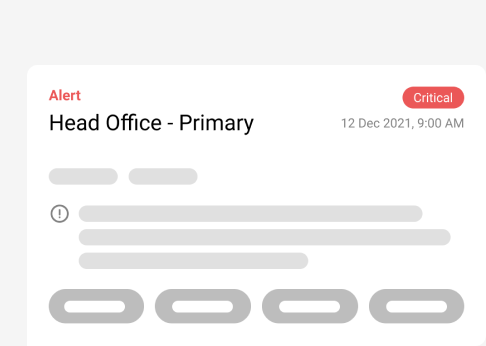
Custom Alerts
Custom Workflows
Custom Dashboard
Mobile Accessibility
Reporting and Analytics

Stay on top and ahead of the ITSM curve with insights on how to ace
your
service management game.

Handling Automating the change request process reduces the administrative burden on IT staff. Infraon’s change management solution helps:
Analyzing the effects of proposed changes ensures risks are mitigated pre-implementation. Infraon’s change management solution makes it easy to:
Automating the approval process enables the changes to be reviewed quickly. Infraon’s change management solution helps teams to:
The implementation and review phases are critical for changes to get implemented smoothly. With Infraon’s change management solution, users can:
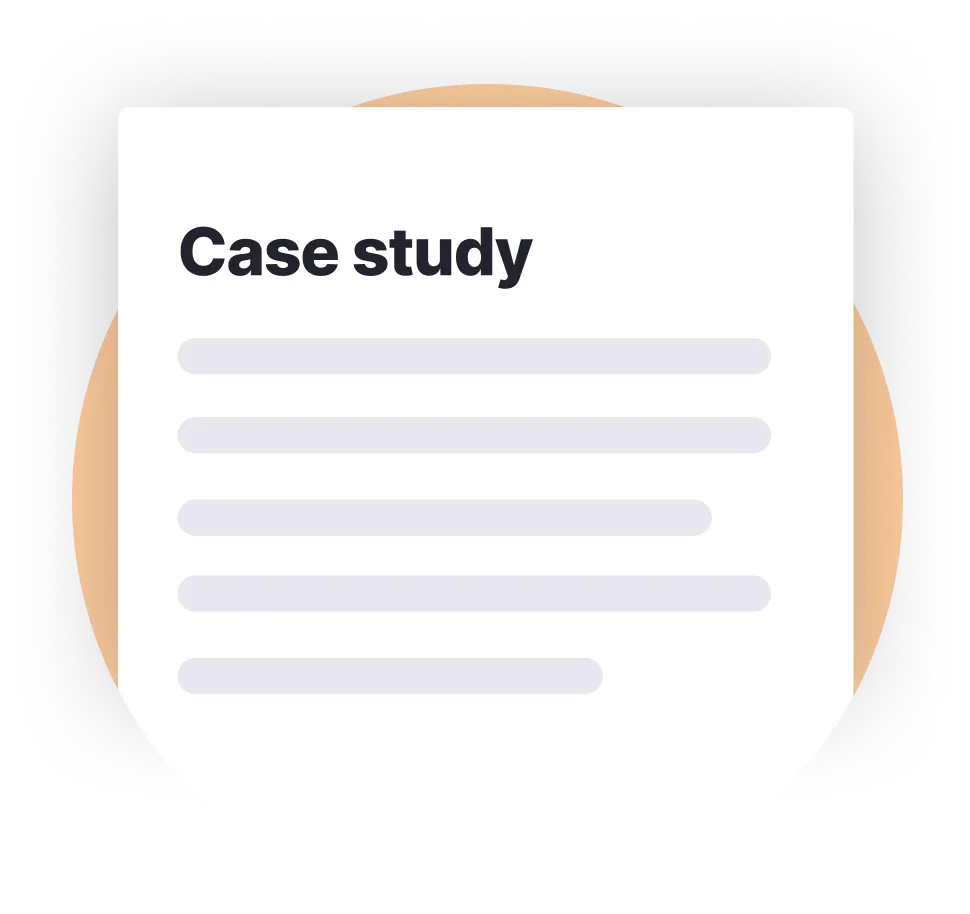

Infraon's change management solution is based on best practices that include:
Established policy that defines the scope, procedures, and responsibilities for managing changes
Up-to-date CMDB for tracking IT assets and their relationships, aiding in impact assessment
Standardized change request process for submitting and evaluating change requests
Risk and impact assessments before approval to mitigate potential issues
Automated workflows to streamline the full change management process
Monitoring of implemented changes and post-implementation reviews
Deploying Infraon's change management solution results in business benefits such as:
Reduced risk of service disruptions with thorough planning and assessment
Improved IT service stability with controlled change processes
Enhanced compliance and security with properly maintained audit trails
Increased visibility and accountability by clearly tracking and reporting changes
Post-implementation reviews and data analysis to initiate improvemen

IT change management is an ITSM process to roll out changes efficiently in your organization, from change requests to approvals and implementation.
The change management lifecycle the following steps:

The change request is initiated by the process owner or a department unit. After evaluation, the request for change (RFC) moves to authorizations or approvals. Typically, RFC contains the details of the change, including the type, description, expected timeframe, and the justification for the change.

The change evaluation report provides the impact of change and how it can be implemented without disruption.

Change approval is based on the change request and its complexity. Approval is also based on risk assessment and cost-benefit analysis.

Change implementation is carried out by the relevant team by developing, testing, and deploying the change.

Change is closed or concluded with a post-implementation review confirming that the change has been successfully carried out.
A change request is nothing but a formal proposal submitted by a stakeholder in the enterprise via a service desk. A service user can also submit it.
Change Management Tool helps enterprises by:

Improving the alignment of IT services to business needs

Increasing visibility and improving the communication of changes between the business users and service-support staff

Improving risk assessment

Increasing productivity and providing high-quality services with zero disruption
It automates request routing through predefined approval hierarchies, provides real-time status tracking, and sends automated alerts for pending approvals. This reduces approval bottlenecks by up to 75% while maintaining complete audit trails and compliance.
Key features include automated change request logging, AI-based risk assessment, collaborative approval workflows, real-time dependency mapping, automated implementation scheduling, and comprehensive reporting with mobile accessibility and customizable dashboards.
They minimize risks through automated impact assessment, dependency mapping, and pre-implementation analysis. By enforcing standardized processes and enabling rollback procedures, they reduce unplanned service disruptions and ensure changes align with business objectives.
